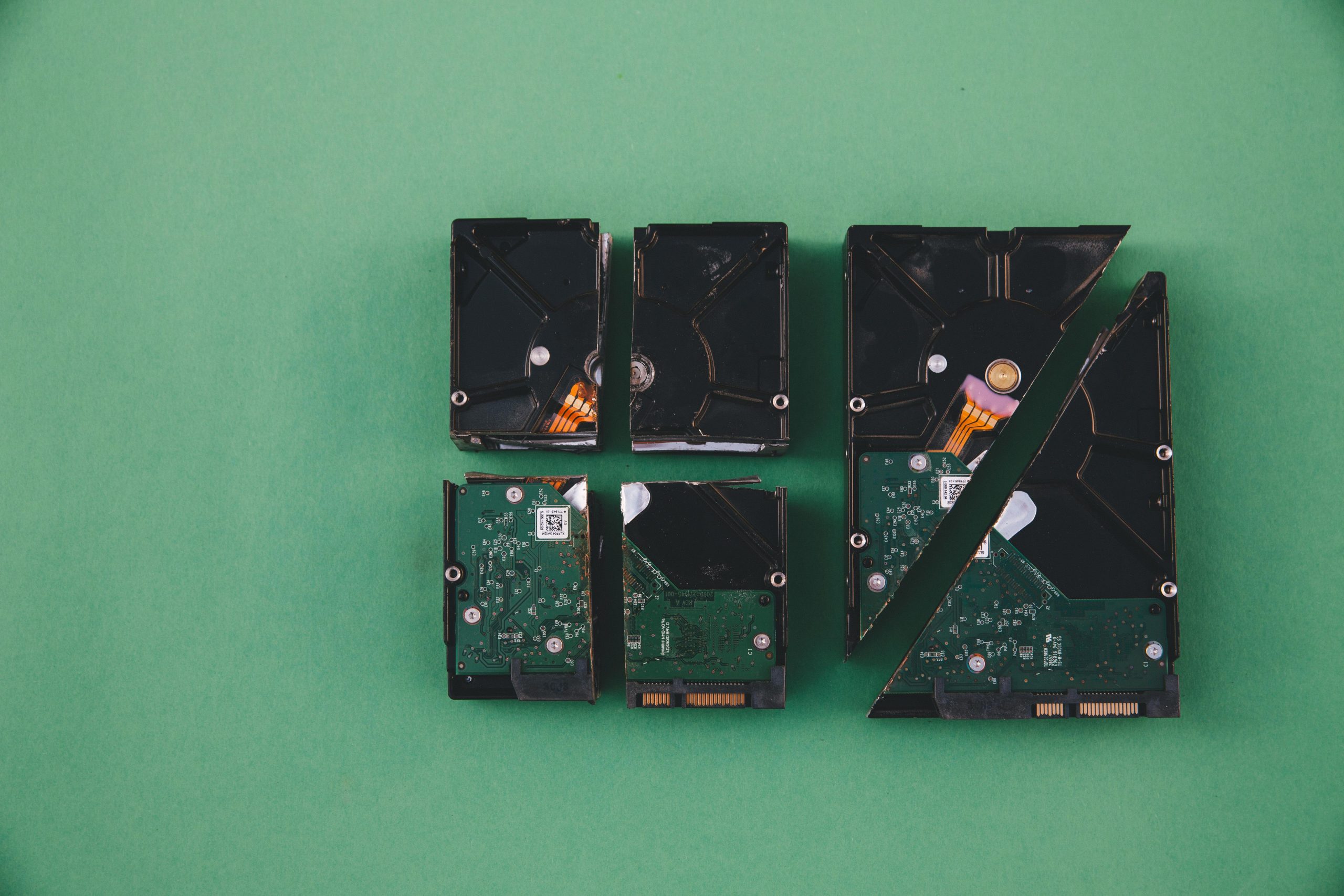Efficiently Managing External Hard Drive Storage Without Duplicating Files
Using an external hard drive as a backup solution is an excellent way to safeguard your valuable data, particularly photos. However, a common challenge many users face is avoiding the accumulation of duplicate files, which can quickly consume storage space and complicate file management. If you’re looking to utilize your external hard drive—such as a Crucial X6 2TB—without unintentionally creating multiple copies of your photos, this guide offers practical strategies to achieve a streamlined, organized backup process.
Understanding Why Duplicates Occur
Duplicate files often result from manual copying processes, software synchronization errors, or incomplete backups. Over time, these duplicates can proliferate, leading to thousands of redundant images and inefficient storage usage. Recognizing how duplicates form is the first step toward preventing them.
Best Practices for Using External Hard Drives Without Duplicates
-
Implement a Consolidated Backup Strategy
-
Use dedicated backup software that supports incremental backups. This type of software detects new or modified files and updates only those, preventing unnecessary duplication.
-
Examples include Macrium Reflect, Acronis True Image, or ChronoSync (Mac). These tools can help automate and manage backup workflows effectively.
-
Organize Your Files Before Backup
-
Before copying files to the external drive, organize your photos into a single, well-structured folder system on your computer.
-
Remove or consolidate duplicates using specialized software like Duplicate Cleaner or CCleaner, which scans for and safely removes duplicate images.
-
Use Specialized Synchronization Tools
-
File synchronization software ensures that only new or changed files are transferred, avoiding duplicates.
-
Popular options include FreeFileSync and Robocopy (Windows command-line utility). These tools compare source and destination directories and only copy files that are missing or have changed.
-
Configure Proper Backup Settings
-
When setting up your backup process, select options that promote incremental or differential backups instead of full replication each time.
-
Avoid manually copying entire folders repeatedly, which increases the risk of duplicates.
-
Regular Maintenance and Verification
-
Periodically review your external hard drive to identify and remove redundant files.
-
Perform integrity checks with your backup software to ensure data consistency.
Practical Step-by-Step Example
-
Prepare Your Photos:
-
Consolidate
Share this content:

